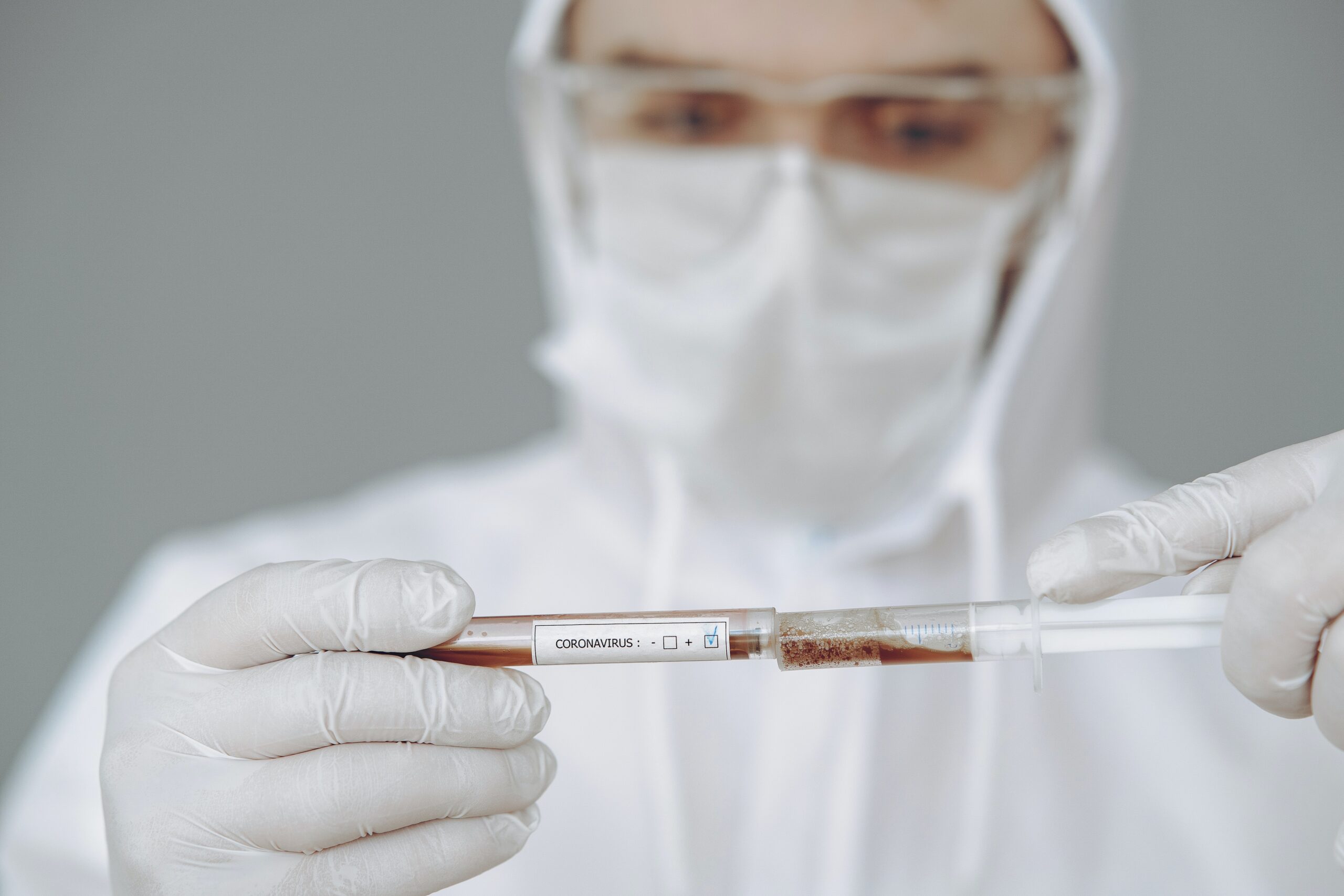Introduction:
Healthcare workers play an essential role in providing care to patients, but their profession also exposes them to potential hazards, including bloodborne pathogens. This blog post will explore the most common exposure risks for healthcare workers to bloodborne pathogens, along with safety measures, safety guidelines, and relevant statistics. Understanding these risks is critical to protecting the health and well-being of healthcare professionals.
What are Bloodborne Pathogens?
Bloodborne pathogens are infectious microorganisms that can be present in human blood and other body fluids. The most common bloodborne pathogens include hepatitis B virus (HBV), hepatitis C virus (HCV), and human immunodeficiency virus (HIV).
The Most Common Risks of Exposure:
The primary route of exposure for healthcare workers to bloodborne pathogens is through percutaneous injuries, such as cuts from needle sticks or contaminated sharps. However, exposure can also occur through mucous membrane contact or contact with intact skin.
Precautions and Safety Guidelines:
1. Use of Personal Protective Equipment (PPE):
Healthcare workers should wear gloves, masks, goggles, and gowns when there is a risk of exposure to blood or body fluids. Proper disposal of PPE is critical to prevent cross-contamination.
2. Safe Handling of Sharps:
Dispose of needles, scalpels, and other sharps in puncture-proof containers immediately after use. Never twist or bend needles.
3. Hand Hygiene:
Wash hands thoroughly with soap and water or use an alcohol-based hand sanitizer before and after each patient contact.
4. Immunizations:
Ensure that healthcare workers receive appropriate vaccines, such as hepatitis B vaccine, to protect against blood-borne pathogens.
5. Safe Practices:
Follow standard precautions, such as disinfecting and sterilizing instruments, equipment, and surfaces. Follow infection control protocols and safe injection practices.
6. Training and Education:
Regular training sessions and educational programs should be provided to healthcare workers to raise awareness of bloodborne pathogens, prevention strategies, and proper handling of hazardous materials.
Bloodborne Pathogen Exposure Data:
- According to the Centers for Disease Control and Prevention (CDC), approximately 385,000 needlestick injuries occur annually among healthcare workers in the United States.
- Hepatitis B, hepatitis C, and HIV are the most common blood-borne pathogens associated with occupational exposure among healthcare workers.
- CDC estimates that the risk of infection after percutaneous exposure to HBV is approximately 6-30%, for HCV is approximately 1.8%, and for HIV is less than 0.3%.
Result:
Healthcare workers face significant risks of exposure to bloodborne pathogens, primarily through percutaneous wounds. Understanding common hazards and implementing precautions and safety guidelines are essential to protect the health of healthcare professionals. By following appropriate protocols, using personal protective equipment, practicing hand hygiene, and receiving appropriate vaccinations, healthcare workers can reduce the risk of transmission of bloodborne pathogens. can and can ensure a safe working environment for themselves and their patients.
Remember, the information provided in this blog post is intended for educational purposes only. For specific instructions and recommendations


